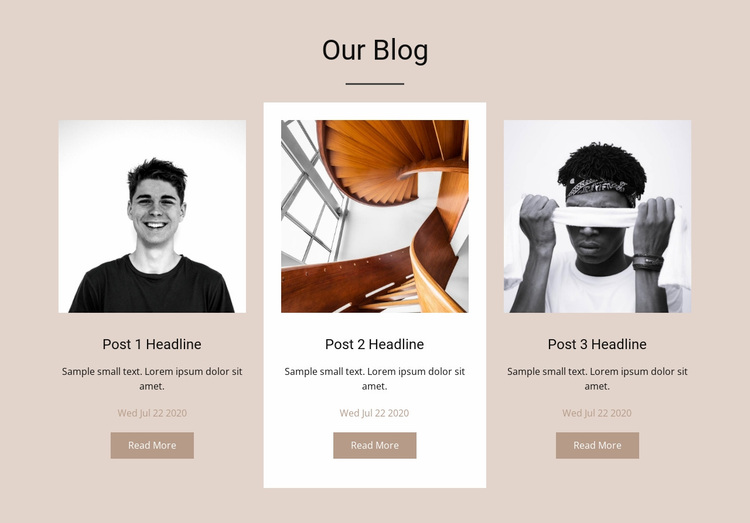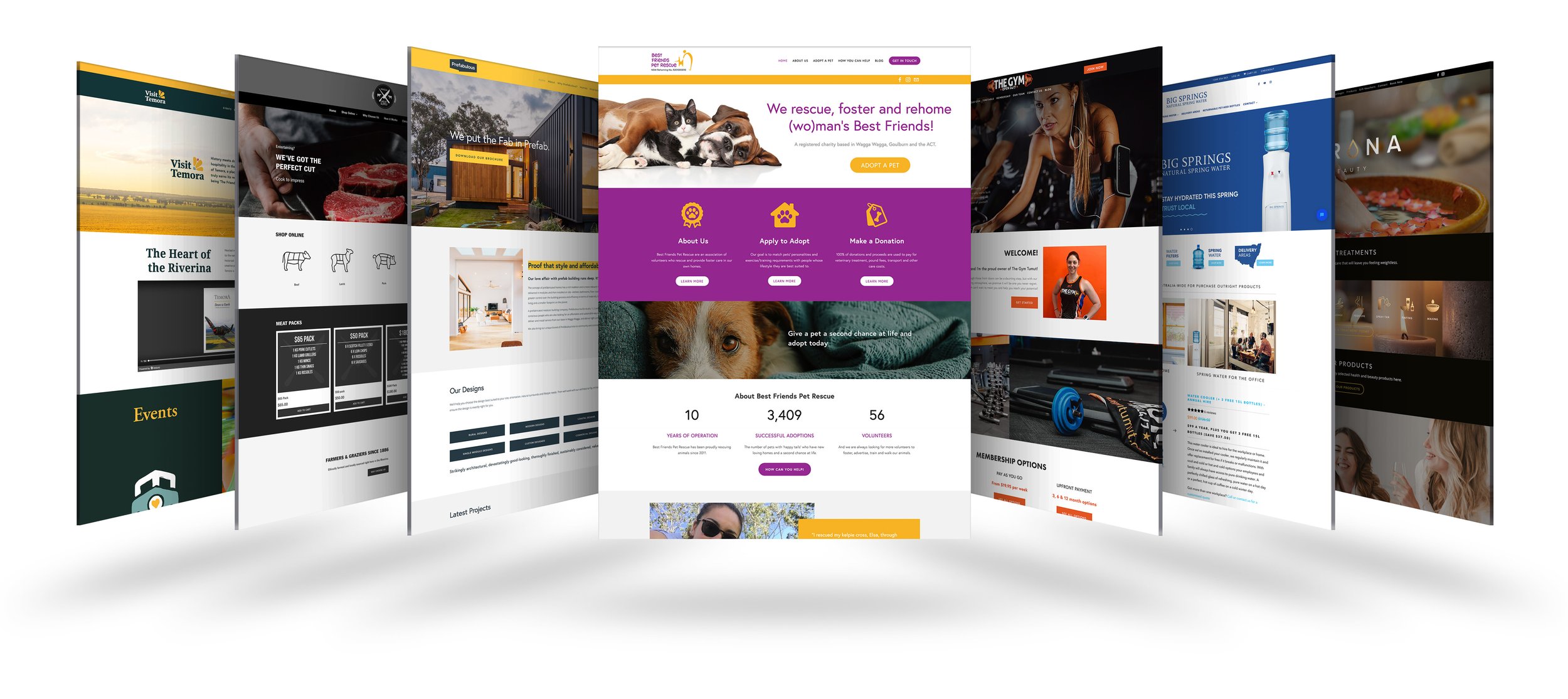Responsive Website Design for Seamless Viewing on Any Device
Responsive Website Design for Seamless Viewing on Any Device
Blog Article
Leading Tips for Developing an Impactful Web Site Layout That Converts
In today's digital landscape, the significance of an impactful internet site design can not be overstated, particularly when it pertains to converting site visitors right into consumers. To achieve this, one should take into consideration a selection of variables, consisting of recognizing the target market, prioritizing individual experience, and maximizing for mobile platforms. The critical usage of compelling call-to-actions and a well-defined visual hierarchy plays an essential duty in directing individuals through their trip. As we check out these essential aspects, it becomes evident that the success of your website hinges on greater than simply visual appeal; it requires a thoughtful approach to design and performance.

Understand Your Target Market
Recognizing your target audience is basic to effective web site design, as it prepares for producing an engaging user experience. Identifying who your customers are, including their demographics, choices, and actions, makes it possible for designers to customize the web site's content, format, and functionality to fulfill certain needs.
Conducting detailed marketing research is important in this process. Studies, interviews, and analytics can supply important insights into customer expectations and discomfort points. By compiling this data, developers can create individual identities that represent various segments of the target market, guaranteeing that design choices are informed and appropriate.
In addition, comprehending the target market helps in picking proper style components such as color systems, typography, and imagery that reverberate with users. A web site that talks directly to its audience cultivates a sense of link and trust fund, urging longer gos to and greater conversion prices.
Ultimately, a user-centered method to site style not just boosts individual satisfaction however likewise sustains business purposes by driving engagement and loyalty. By prioritizing the demands and preferences of the target market, an internet site can effectively serve its function and attain desired outcomes.
Prioritize User Experience
To improve the general performance of an internet site, focusing on customer experience (UX) is necessary (Website Design). A properly designed UX makes certain that site visitors can browse the website easily, locate details quickly, and involve with material meaningfully. This causes boosted individual contentment and greater conversion prices
Begin by applying instinctive navigation. Menus should be realistically structured, allowing users to locate vital locations of the site with marginal effort. Consistency in layout components, such as shade systems and fonts, fosters knowledge, which is vital for preserving user engagement.
In addition, take into consideration the packing rate of your web site. A delay of simply a couple of secs can bring about considerable drop-offs, as users are less likely to await a slow-loading web page. Improving photos and optimizing code can boost performance and retain site visitors.
By focusing on customer experience, you not just produce a much more satisfying setting for visitors however additionally strengthen your brand's trustworthiness. Inevitably, a focus on UX is an investment in the long-term success of your web site.
Maximize for Mobile Tools
Maximizing for mobile gadgets is essential in today's digital landscape, where a raising variety of customers accessibility sites through smartphones and tablets. A mobile-friendly design not only improves individual experience but likewise plays a considerable function in improving internet search engine positions. To attain this, it is important to adopt a receptive design that automatically adjusts to various screen sizes and orientations.

Packing speed is an additional vital variable; mobile customers are usually much less person and anticipate rapid accessibility to info. Maximize images and utilize browser caching to improve performance. Test your website on numerous devices and display resolutions to identify and fix any kind of potential use concerns. By focusing on mobile optimization, you make sure that your website remains competitive and successfully engages a broader audience.
Usage Engaging Call-to-Actions
A website's performance usually hinges on its ability to guide site visitors toward preferred activities, making engaging call-to-actions (CTAs) crucial parts of design. CTAs function as the critical factors that guide individuals to involve with the site, whether that indicates making an acquisition, registering for an e-newsletter, or downloading a resource.
To develop effective CTAs, clarity is vital. Use concise language that plainly connects the action you desire the user to take. Expressions such as "Start," "Authorize Up Free," or "Store Now" not just communicate necessity however likewise get rid of ambiguity. The placement of CTAs is similarly vital; they should be tactically placed throughout the web page to guarantee they are easily visible, particularly in high-traffic areas.
Furthermore, the design of CTAs should stand out without being obtrusive. Use contrasting colors and clear typefaces to guarantee they capture interest. Furthermore, take into consideration utilizing directional hints, such as arrowheads or photos, to lead individuals towards these switches. By focusing on these aspects, organizations can dramatically boost individual engagement, driving conversions and eventually attaining their site's objectives.
Focus on Visual Power Structure
Effective website design relies heavily on a well-structured visual hierarchy that overviews users with content flawlessly. By organizing elements in a way that prioritizes details, designers can boost user experience and help with decision-making. This includes utilizing size, color, comparison, and spacing purposefully visit the website to attract interest to the most crucial components of a website.
The use of bigger font styles for headings and subheadings develops a clear distinction in between various areas, enabling customers to check material easily. In addition, utilizing different colors for switches and calls-to-action can catch user focus and motivate communication. Whitespace is another vital element; it protects against clutter and makes it possible for customers to concentrate on vital messages without interruptions.
Pictures and graphics need to match the text while additionally sticking to the established power structure, reinforcing the overall message (Website Design). Consistency in layout elements, such as color design and typography, additional reinforces the aesthetic pecking order, making navigating intuitive

Final Thought
In final thought, index effective website layout necessitates an extensive understanding of the target audience, prioritization of user experience, and mobile optimization. Ultimately, a well-executed website style serves as a vital part in driving user activities and attaining business objectives.
Report this page